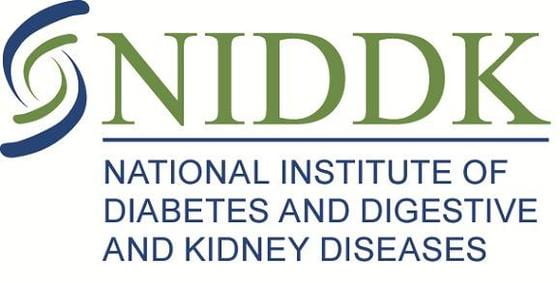Funding Agency:
NIH / NIDDK
Grant No:
U01 DK131380
Title:
Creating high-resolution multi-omics molecular atlases for developing urogenital organs

Abstract:
The GenitoUrinary Development Molecular Anatomy Project (GUDMAP) has been providing valuable references for the research community studying urogenital development and diseases. It is a recurring theme that rapidly advancing new technologies are instrumental in enhancing and expanding reference databases. Cross fertilization of atlas building efforts spanning various organ systems and disease types will undoubtedly boost the technology penetration across these projects. To build multi-dimensional atlases of developing urogenital organs that incorporate the latest multi-omics and spatial molecular mapping technologies, we have assembled a team with expertise both in urogenital development and multi-dimensional, multi-platform, molecular atlas building. We propose to utilize the infrastructure we developed at our institution for the NCI Human Tumor Atlas Network (HTAN) and other large scale projects as a springboard to help effectively and efficiently propel GUDMAP to the next level with transcriptome-wide coverage, single cell level resolution, and spatial mapping with unprecedented clarity. We will take advantage of our experience in the incorporation of single nucleus (sn) RNA-seq and snATAC-seq to establish a comprehensive epigenetic and transcriptomic landscape in targeted urogenital organs and structures (lower urinary tract (LUT), selected male reproductive organs, kidney vasculature, lymphatics, and nerves) at single cell resolution (Aim 1). We will then add the spatial dimension to this molecular landscape to build 2D and 3D molecular atlases by incorporating spatial transcriptomics (ST), CODEX, and light sheet microscopy (LSM) (Aim 2). In Aim 3, we will extend our study to disease models, focusing on murine models of congenital anomalies of the kidney and the urinary tract (CAKUT). With the proposed experiments, we aim at building multidimensional molecular atlases for developing urogenital organs at unprecedented cellular resolution and gene coverage with the highest efficiency possible.